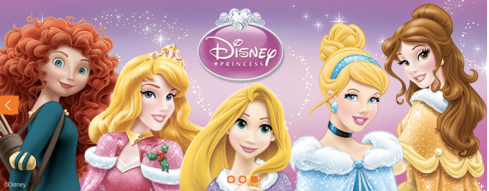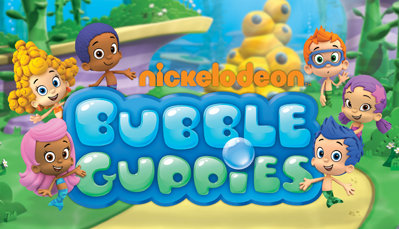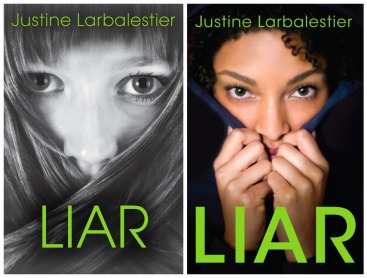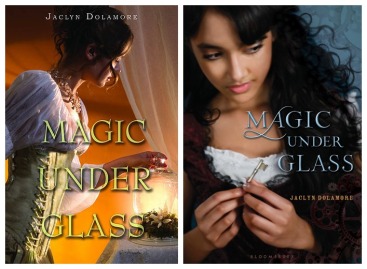Hello dead horse. I am here to beat you. Because I think it’s important and there are some parts of you that aren’t really that beaten yet.
“Did you know Disney films have a history of racism and sexism!?”
There is so, so much to talk about, and a lot of it has already been discussed elsewhere. (The 9 Most Racist Disney Characters, Head Animator Says Women Are Hard to Draw Because They All Look the Same, Merida’s Stupid Offensive Makeover, etc.)
I echo their horror; however, in the interest of original content, I’m going to focus on some areas that haven’t received as much attention. Before diving in, I’d like to note that I consider myself a Disney fan: Winnie the Pooh, The Lion King, Lilo and Stitch, etc.
Disney’s Globetrotting
One of Disney’s greatest possible strengths is the diversity of locations they use for their films.
This could, if done right, bring a vibrant array of cultures to the screen. It could unite people and spread magic. If you listen to animators talk about their work on The Emperor’s New Groove during the documentary The Sweatbox, it’s clear that’s how they see their work.
However, Sting disagrees. In a candid moment after they’ve revealed the then-current ending as “Kuzco gets a waterslide”, Sting addresses the camera:
“It’s a real concern of mine that I’m allied to this organization that seems to want to take the best of different cultures and suck them up and then spit them out to make something that’s like a hamburger.”
I encountered another way of phrasing this criticism in Writing the Other by Nisi Shawl and Cynthia Ward. They discuss three ways to write about a culture that is not your own: as an invader, as a tourist, or as a guest.
Invaders arrive without warning, take whatever they want for use in whatever way they see fit. They destroy without thinking anything that appears to them to be valueless. They stay as long as they like, leave at their own convenience. Theirs is a position of entitlement without allegiance.
This is the way that Disney writes about other cultures. They send artists to scout locations, but then pick and choose the details of culture that work best for their films. The worst example of this is probably Pocahontas (although the distinction for worst portrayal of First Nations people still goes to Peter Pan).
That’s from 1953, and perhaps unfair to today’s animators and story people, but still.
Disney’s goal is not to widen acceptance or understanding of the cultures they write about. Their goal is to make a film that is well received by their market.
Toys
And what a market it is. This Christmas, when I went to Toys R’ Us to buy a gift for my niece, I was a little horrified at the gigantic Disney Princess display that devoured the front of the store. I don’t have a picture of the exact display, but it was similar to this picture from the Toys R’ Us website.

fun note: all white, blondes in centre
The depiction of Merida pains me particularly, but the marketing to children of this image of femininity bothers me as a whole. As other bloggers have noted, it undermines any positive female characters they manage to create in their films because they’re eventually going to get reduced into photoshopped wide-eyed princesses with sparkles shooting out of their ears.
The thing is… people buy these toys. Despite videos of some kids complaining…
…there are other kids and parents who fully embrace this image. Which leads into another larger conversation I’m not ready to dive into right now. Are they making this stuff because people want it, or do people want it because this is what has been made for decades?
How can we convince them that people are also willing to buy things that are different? Like a doll of Merida that looks like the Merida from the film?
Who is Disney? Who is their Market?
One of the things I try to remember when raging against Disney stories is that Disney is not one person. Disney stories are made by a whole bunch of people who flow between Disney, Dreamworks, and Pixar. This makes it a little harder to blame all of past-Disney’s mistakes on current-Disney’s story team, which is actually improving.
There’s also a distinction between Disney’s filmmakers, and their toymakers, and their marketers, and their television shows. It’s unfair to expect any single person working at Disney to undo the entire Disney Machine.
Parts of the Disney Machine are producing pretty good stuff. Frozen is a solid step forward. It’s not where I want them to be yet, (see the article where the animator talked about trouble drawing women because they have to be cute) but I’m a believer that you have to reward steps forward in order to encourage further steps forward. It’s also a fun movie, plain and simple.
As another example, consider Disney’s current big shows for preschool:

Left: Jake and the Never Land Pirates. Right: Sofia the First
Jake and the Never Land Pirates has a diverse cast of kids! I feel like it’s one of the first stories set in the Peter Pan world that I actually support. It’s magic, it’s fun, it’s inviting. Sofia the First is… well, all the usual Disney Machine problems. I’m peeved it beat Bubble Guppies for the Annie Award.

The machine has already changed over time, and it’s improving. Unfortunately, I’m not sure it’ll ever catch up to where I want it to be, because there are sections of the machine designed for a market that is very not me.
That doesn’t mean I can’t enjoy the things (or parts of things) the machine manages to produce that I like.
Next time I’ll look at someone who I think handled these issues (and others) much better, with a breakdown of Hayao Miyazaki’s Spirited Away.




